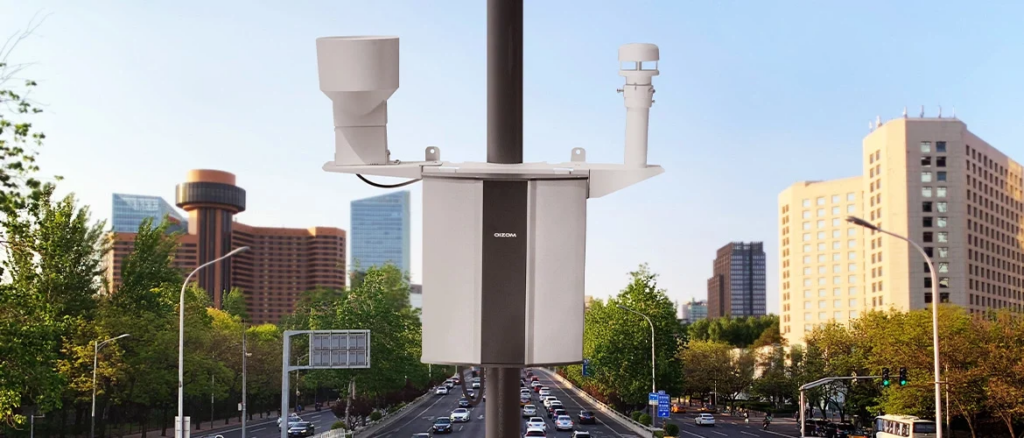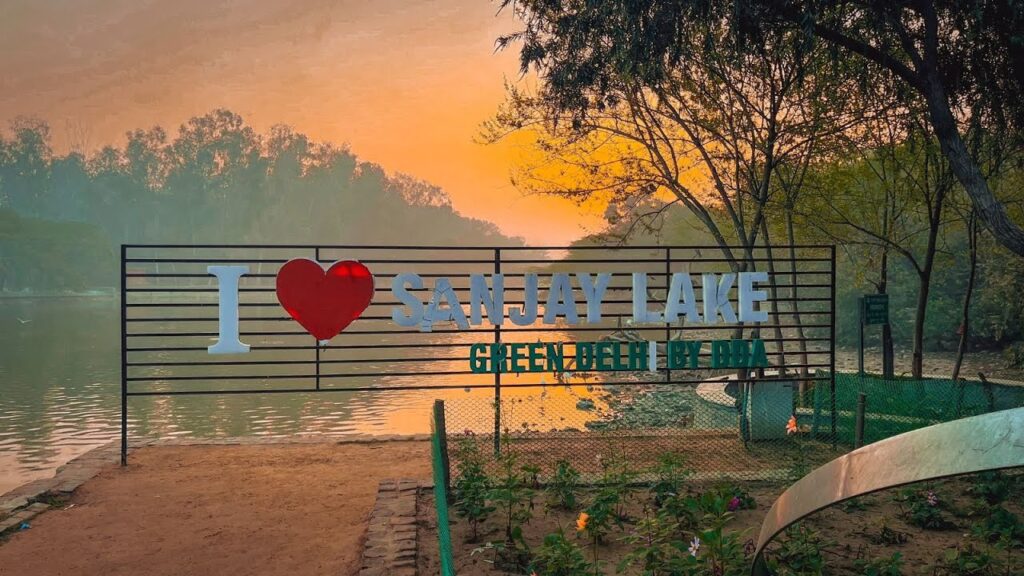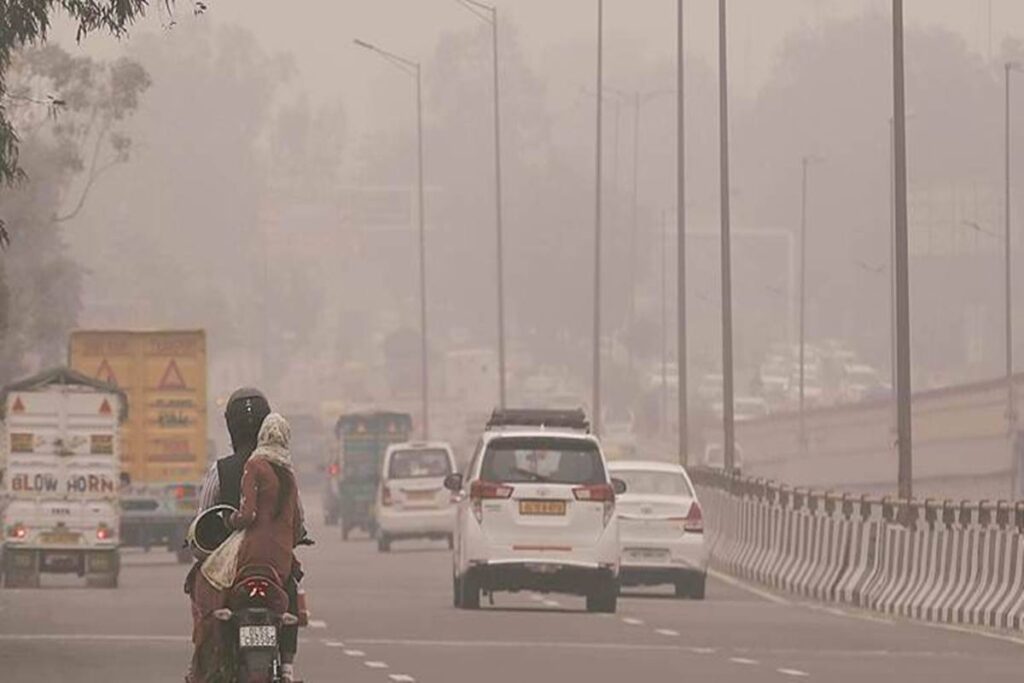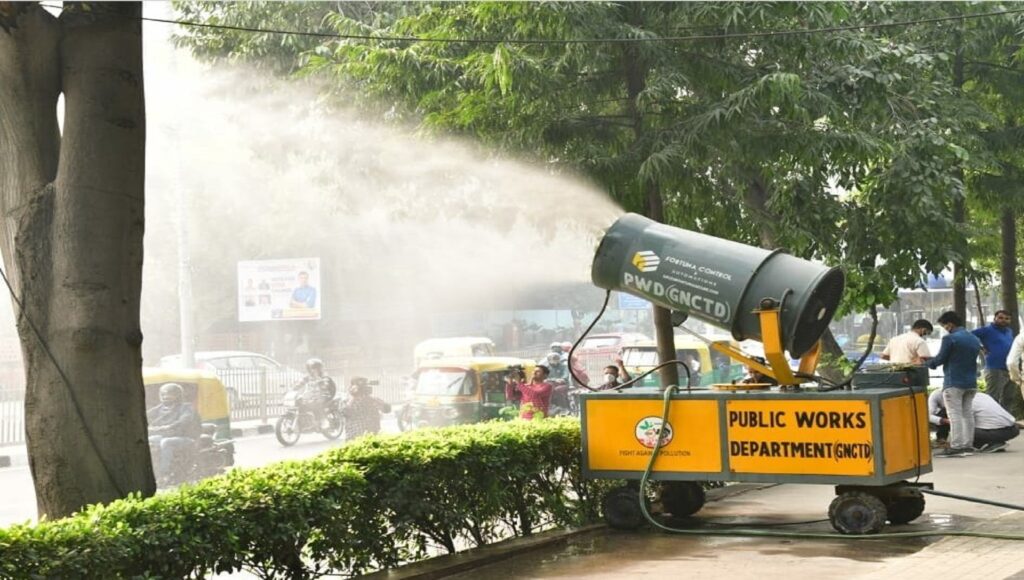This is evident from the fact that in recent state elections, political parties rallied for the cause of clean breathing and included polluted air cleaning in their manifestos.
Looking further we find air pollution also inflicts financial losses, brings down productivity and also affects the GDP growth as an unwanted fallout.
Beijing City, in 2013 recorded the average PM (particulate matter which is the key pollutant) at 100m2 but today they have managed to pull it down to below 40m2 which we in India recognize as the National Ambient Air Quality Standard.
Hitting rock bottom, our city’s average of PM2.5 was recorded at 102m2 which translates “poor”.
Pollution Is Manageable But:
Even though we may differ in estimates, scientists feel no hesitation to buy the claim that pollution can be improved and we can change the PM 2.5 levels to moderate, I.e. 80m2 in any record time say by 2028.
But dear reader, for this to be achieved, we need to reset our priorities.
Blame Game Is Not A Step To Solution:
Blaming the sources of air pollution for the polluted atmosphere is not the right way, to deal with it. Environment News updates in India.
Certain factors cash in and cause too much air pollution and data is replete with such proof.
We can count on our fingertips, i.e. transport, biomass and solid-fuel burning, waste burning and free-flowing dust contribute to it, year-round.
Looking further, we find industrial units bordering Delhi, adding more weight to it. As the winters set in, stubble burning compounds the crisis.
Clearly, we need a structured well-thought and comprehensive action plan to burn down the pollution in the coming 3 years.
Presenting some of the possible ways: Environment News Updates in India
Firstly, to begin with, rid the roads of private vehicles and revamp the public transport network.
Such is a critical aspect since transit services claim half of the air pollution and 60% of city vehicles simply devastate the urban scenario.
Undoubtedly, the unrolling of the BS-VI scheme is a big step in this direction which has shrunk the pollution bubble levels too, but there are still vehicles out there which have been running for many years and which have made the city roads full of smoke.
Now to tackle this choking situation, the authorities must fizzle out older vehicles (End of Life or EoL) by identifying them as per the number plate.
25% Rise In City Vehicles: Environment News Updates In India.
Adding (more) petrol to the fire vis-a-vis roads, we are likely to see a bigger number of vehicles on Delhi roads, say, an increase of 25% by the time we live in 2030.
As a result, not only will there be a rise in congestion but also in emissions, exhaust and non-exhausts. Hence, we ought to think beyond mere electrification.
Cut down on private vehicle use by using zonal access pricing and by checking illicit (illogical) street parking.
In the wake of this, public transport should be encouraged and the golden benchmark of 60 buses against 1 lac population is already on the cards while currently, there are running just 33 buses in Delhi making such a scenario a challenge.
At this juncture dear reader, we must accept that such measures can provide us with relief from rising air pollution and a formidable 33% shrunk in PM 2.5 which the transport sector pumps into the atmosphere and which will translate into a drop of 9 ug/m2 in the approaching months.
Second, we should give space for clean fuels in our homes and should be mindful of open sources of burning in the city.
Here, authorities should come out with a disciplinary mechanism and should identify dumping and burning locations by checking data from public grievance systems or by conducting field surveys to discourage the torching of rubbish in the open.
In Delhi NCR, there are some bulk waste generators, such as malls, schools and hotels and it is seen and therefore, established that 30% to 40% of garbage is produced by them.

Clearly, we need to position in-situ systems for organic waste treatment and for material recycling too. Also, the clause of incentives will also speed up such natural processing waste.
Expectations From New Delhi Government:
The newly incepted admin in Delhi should focus on bio-remediation of three major garbage sites to narrow down the entry of fresh rubbish.
Then, the city administration should unlock more funds to provide night workers and security personnel, with the required protective gear and heaters which would dampen the use of biomass for warmth in winter.
Here, residents welfare associations (RWAs) and trade associations can play an active role.
Delhi urgently needs more homeless shelters to provide winter relief and reduce open biomass burning.
In 2025, enrollment in the Pradhan Mantri Ujjwala Yojana must be made easier in the Delhi NCR by lowering enrollment barriers, especially for those residing in non-notified bastis and jhuggi-jhopri colonies, and vagrant populations.
By 2025, clean fuels — LPG and electricity — must be the sole source of cooking energy, aided by restrictions on firewood sales and behaviour change campaigns.
Targeted subsidies to ensure clean fuel use in winter will also be needed. A 60% reduction in emissions from waste and biomass burning in public spaces and solid fuel usage in homes can lead to a drop of around 6 ug/m2 year round.
Now there is a dire need for setting up shelters for street dwellers in Delhi city and this way, we would be able to control the biomass burning in the open spaces and to give respite from the biting cold.
Then, the Pradhan Mantri Ujjwala Yojana comes with some obstacles that need to be dismantled across Delhi NCR by this year. The vagrant community, those residing in unnotified slums (jhuggi-hope), and those residing in unnotified slums should be given priority.
Clean Fuels For Keeping The Environment Clean:
Further sale of firewood should be banned and clean fuels should be encouraged in their place, I.e. LPG and electricity and the community behaviour should be changed for this purpose while the limitations ought to be relaxed too.
All of this should be completed within this year.
Here, exclusive incentives are needed when we try to guarantee dependence on clean energy during the winter season.
Its Effect:

With solid fuel emissions reduced in our domestic practices, an annual dip of 6 ug/m2 can be achieved, which is together from burning trash and biomass in open spaces which is by 60%.
Third, we need to make the building sites more compliant and at the same time, regulate the road dust too.
Although, the existing laws revolving around construction and demotion underline the air quality monitoring but enough ambiguity over the tech framework, monitoring the location and the data used for ensuring compliance.
Air Quality Monitoring System For Construction Sites in 2025:
By the end of this year, it will be made mandatory for construction areas which are larger than 500 square meters that they ought to have an air quality monitoring system in place by 2025.
As such, while considering the approval of such construction plan and sites, the Municipal Corporation of Delhi would stress a dust mitigation pledge too.

Now, for powerful enforcement, public support is needed and for this, an alert button should be created to the Delhi Pollution Control Committee’s dust pollution control self-assessment website.
If the sites are found violating the dust mitigation time span, authorities could seek some amount of deposit from the parties owning that project, as a fine.
Additionally, each year, the government allocates a substantial budget for mechanized sweepers, water sprinklers and anti-smog guns.
In 2025, these resources must be repurposed to ensure the kerb-to-kerb black-topping of unpaved roads.
A division within the Public Works Department (PwD) must be created to coordinate approvals and see through the completion of all civil works involving road infrastructure.
A 50% reduction in construction and road dust within Delhi would lead to a 3 ug/m2 drop in PM 2.5 levels.
Finally, reduce stubble burning by at least 50% in Punjab and Haryana (leading to a drop of 14 ug/m2 on average during the burning period and up to 40 ug/m2 at peak).
Our government need to think about investing in anti-smog devices, water sprinklers, and robotic sweepers.
However, to ensure a fully stretched black-topping of unpaved roads by the end of this year, such resources should be utilized appropriately.
Now, within our Public Works Department, a section should be created to oversee approvals and to warrant that all the necessary civil work is completed pertaining to road infra.
We can easily expect to miss road and construction dust by 50% which would translate to a 3 ug/m2 dip in PM 2.5 levels.
In the final lap, the neighbours Punjab and Haryana should be cajoled not to burn stubble at least by half.
This would mean an average drop of 14 ug/m2 during the burning season while on a broader scale, it would pull down by 40 ug/m2.
To avoid “severe” winter peaks in Delhi from mid-October to mid-November, it is imperative that we focus on reducing stubble burning.

Farmers need viable alternatives, not just penalties. In 2025, revise paddy procurement norms to align with the yield of short-duration rice varieties like PR-126, which reduces stubble burning since it matures early.
Further, rental efficiencies for straw management machines must be improved through user-friendly machine booking systems and standardized rental rates.
For ex-situ management, setting a benchmark price for selling crop residue based on moisture content calorific value will ensure farmers receive viable payments.
By 2027, crop residue management should integrated into Voluntary Carbon Markets to attract private investment to offset operational costs and incentivise zero-burn practices.
In Delhi, residents experience “severe” winter peaks from mid-October to mid-November and stubble burning causes much of this air pollution.
Therefore, it calls for efforts to minimize stubble burning to ensure cleaner air.
Our governments need to understand that farmers simply don’t need compensation but workable options.
We should alter the regulations related to paddy procurement in 2025 to determine the yield of rice forms needing shorter spells, such as PR 126 which ripes early and cuts down on stubble burning.
Besides, rental prices need to be standardized and mechanized booking mechanisms need to be made user-friendly to broaden the rental efficiency for straw management devices.
Going beyond we see that a benchmark price should be set involving crop residue sales based on moisture content and calorific value will be like an assurance to farmers for sustainable payments for holistic and structural management overhaul.
By the time we step into 2027, the concept of a voluntary carbon market should evolve to tackle the issue of crop residue management and private capital should pour in to manage operational expenses and to steel the farmers for methods with no spark or fire, thereby causing a pollution-free environment.

Very evidently, dear reader, this is the time when we should look towards our city air as a patient grappling with multiple diseases in a multispecialty hospital.
Hence, to gauge the progress (and recovery) multiple sectors should join hands while the worth of high-quality and crisp data can also not be overlooked.
Our city is in desperate need of year-round treatment and in winter season the emergency level reaches its peak.
No doubt, we can intake cleaner air by 2030 which would enhance our life expectancy alongside the living standard too and we can easily look to bid adieu to days marked with rough air quality in the coming three years.
This is not the time for crying over spilt milk and expressing despair but for synergizing the government, markets and people to work together towards a common goal.
Let’s keep our fingers crossed for things to get better in the coming days and we shall keep informed as well as in-form.






